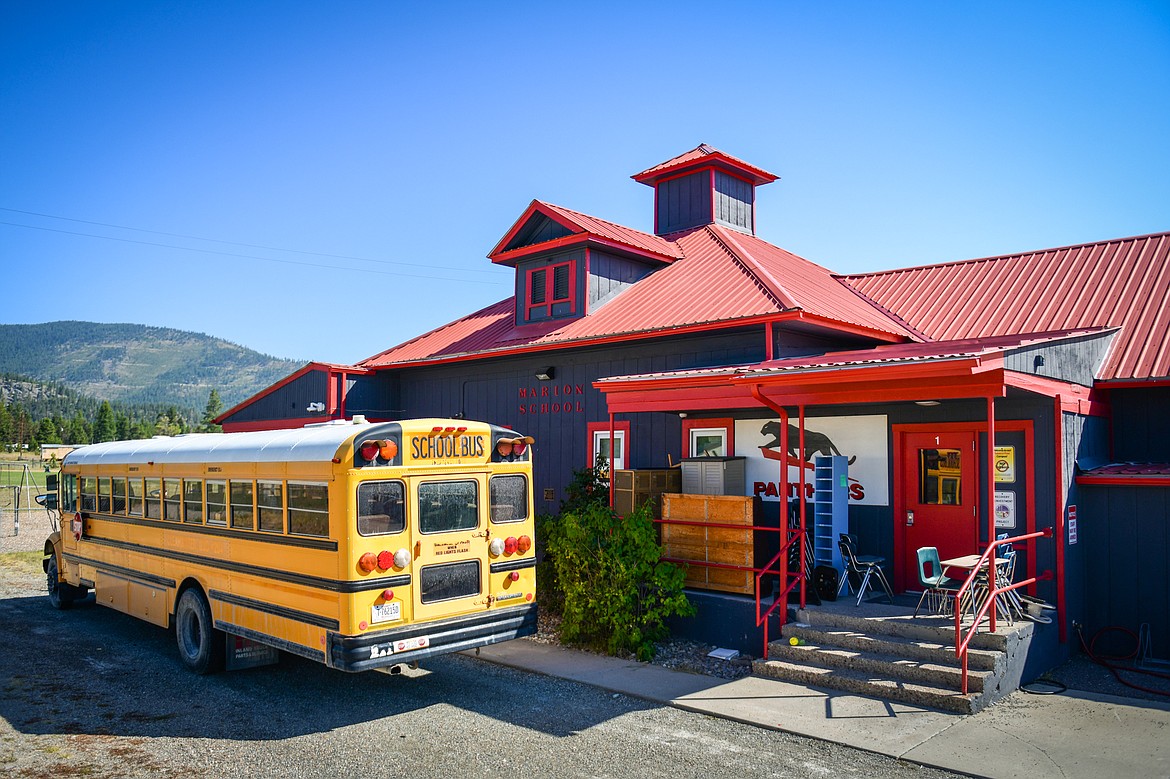Education advocates sue 56 counties over property tax dispute
A coalition of education advocates filed a lawsuit Wednesday against all 56 Montana counties, asking the Montana Supreme Court to issue an emergency order curtailing a tax revolt that has many county commissions refusing to collect the full amount of the state’s “95 mill” school equalization property tax.
The suit is brought by the Montana Quality Education Coalition, which represents school districts across the state, the Montana Federation of Public Employees and the Montana School Boards Association, among other members.
The plaintiffs maintain schools and students have been caught in the crossfire as counties and the administration of Gov. Greg Gianforte debate whether a state law that caps local government property tax collections applies to the 95 mill tax. That tax collects some of the money the state uses to balance funding between tax-base-rich and tax-base-poor districts.
With property values rising rapidly across the state, the 95 mill tax — which, unlike most property taxes, isn’t recalibrated to account for tax base shifts — is expected to bring in $99 million more next year than this year. Many county officials, who say they’re worried about the additional burden that increase places on taxpayers, are convinced that size of increase violates the tax cap statute. Instead, they believe they can’t legally levy more than 77.9 mills, which would reduce the tax’s annual collection by $79 million a year.
The Montana Association of Counties has argued that there’s ample money to backfill that difference in the state’s General Fund, which has been flush with above-expected income tax revenues in recent years.
“No school will be impacted. No property taxpayer will make up the difference,” county association director Eric Bryson wrote in an email to county and school officials last week.
The Gianforte administration and education advocates, however, believe the counties’ interpretation, a departure from how the equalization tax has been administered for decades, fundamentally misunderstands the state’s complex education funding system. State officials filed a separate lawsuit against Missoula County last week asking a judge there to resolve the dispute by telling Missoula and other counties that they have to follow a Montana Department of Revenue directive to collect the full 95 mills.
In their new lawsuit, education advocates bring the issue directly before the state’s high court, arguing that school districts “will suffer immediate” harm if counties are allowed to send tax bills with the lower amount next week.
“It is simple logic that revenue from taxes not levied for school purposes is revenue unavailable to spend for school purposes,” the lawsuit contends.
The education advocates say that the county-proposed collection levels would require the Legislature to approve $160 million in backfill funding when it meets in 2025. The difference, they say, is equivalent to roughly a third of the General Fund’s current projected ending fund balance.
They also argue that counties will create an unfair situation between taxpayers in different parts of the state if only some of them move forward with the lower tax rate.
It isn’t yet clear how many of Montana’s 56 counties have taken or plan to take action adopting the lower tax rate. In documents attached to its filing, the education advocates cite tax rate resolutions put forward by 12 counties: Daniels, Fergus, Flathead, Gallatin, Lake, Missoula, Yellowstone, Ravalli, Carter, Liberty, Garfield and Beaverhead.
Eric Dietrich is deputy editor of the Montana Free Press, a Helena-based nonprofit newsroom. To read the article as originally published, click here.


